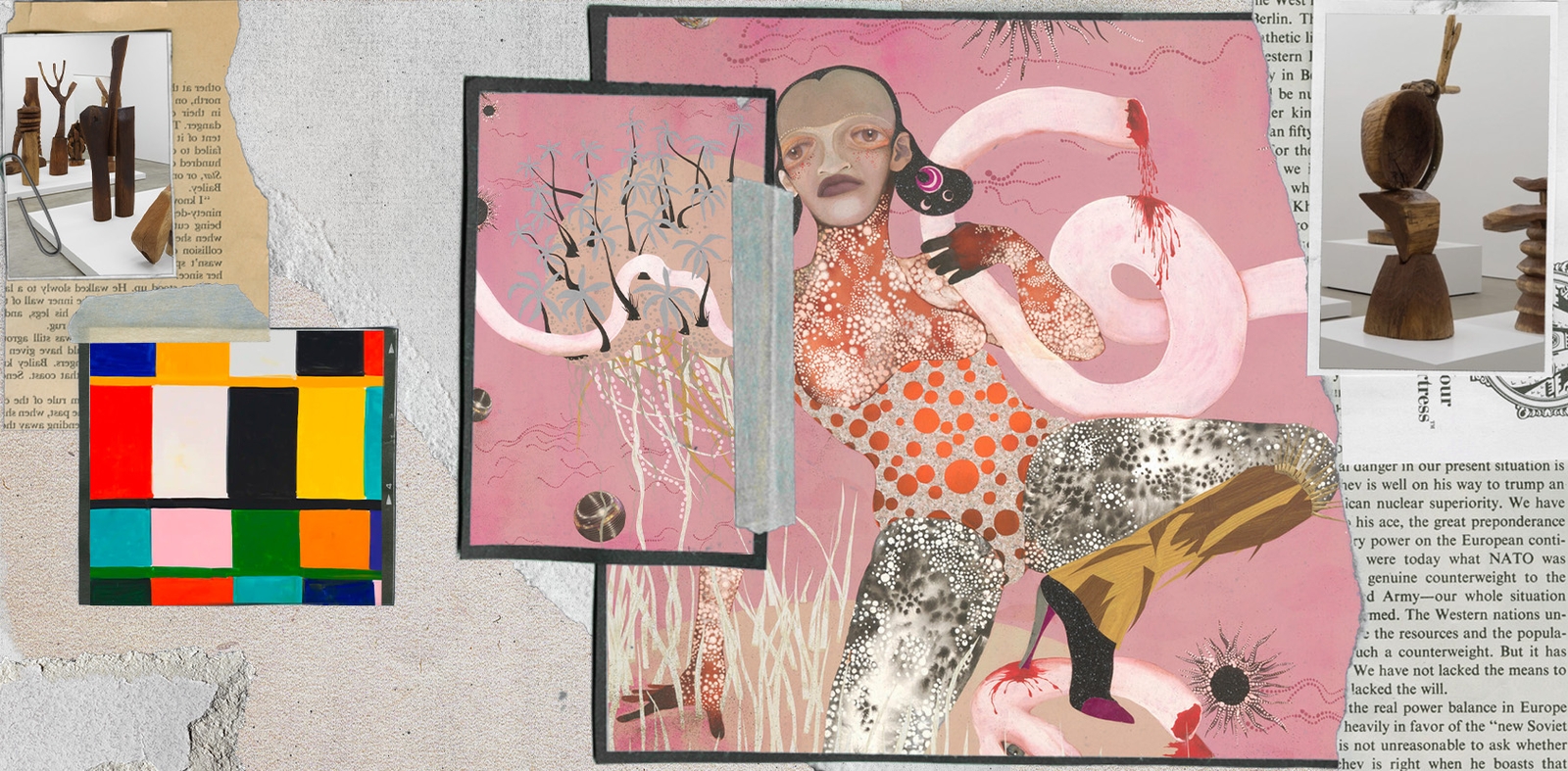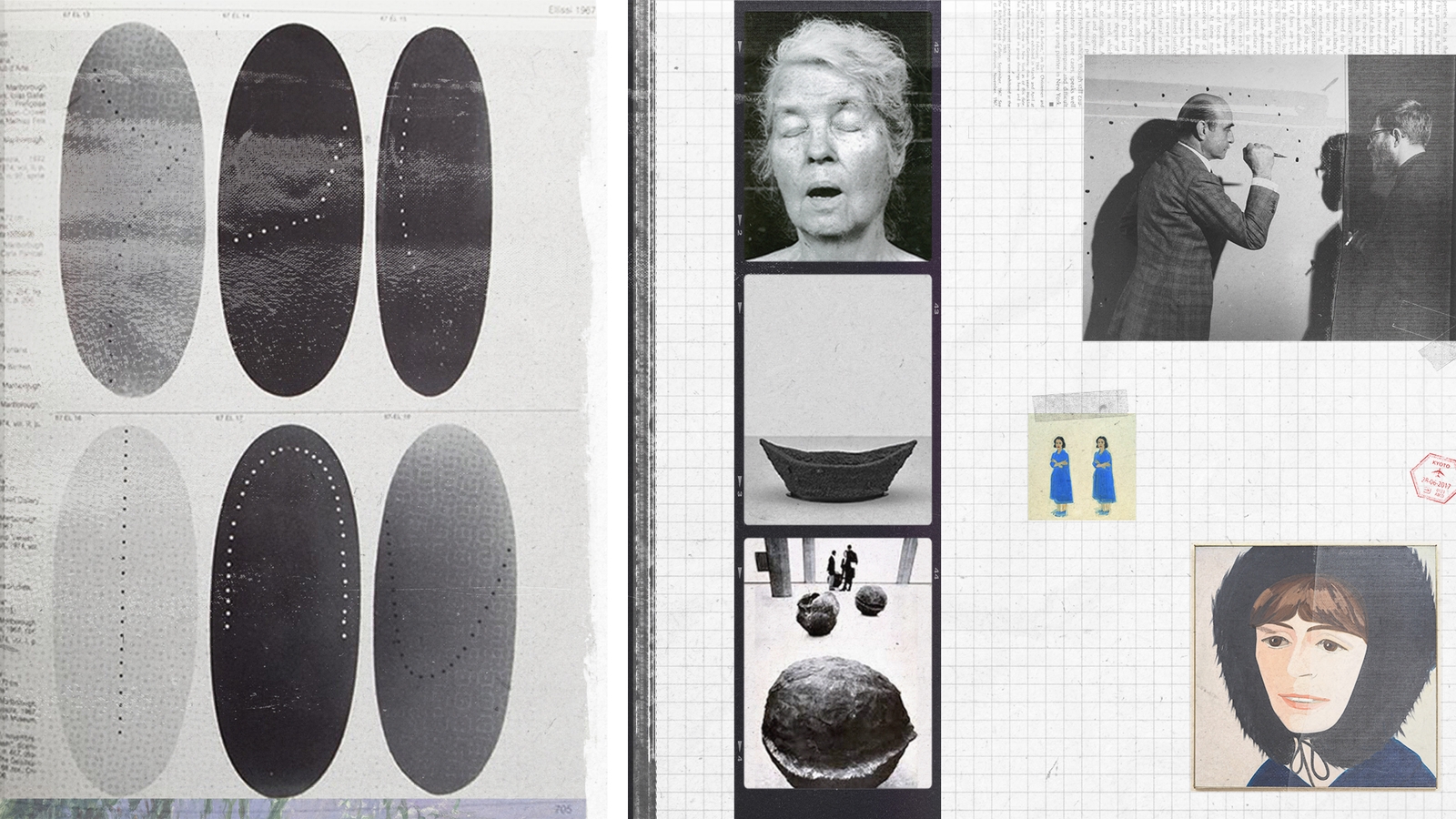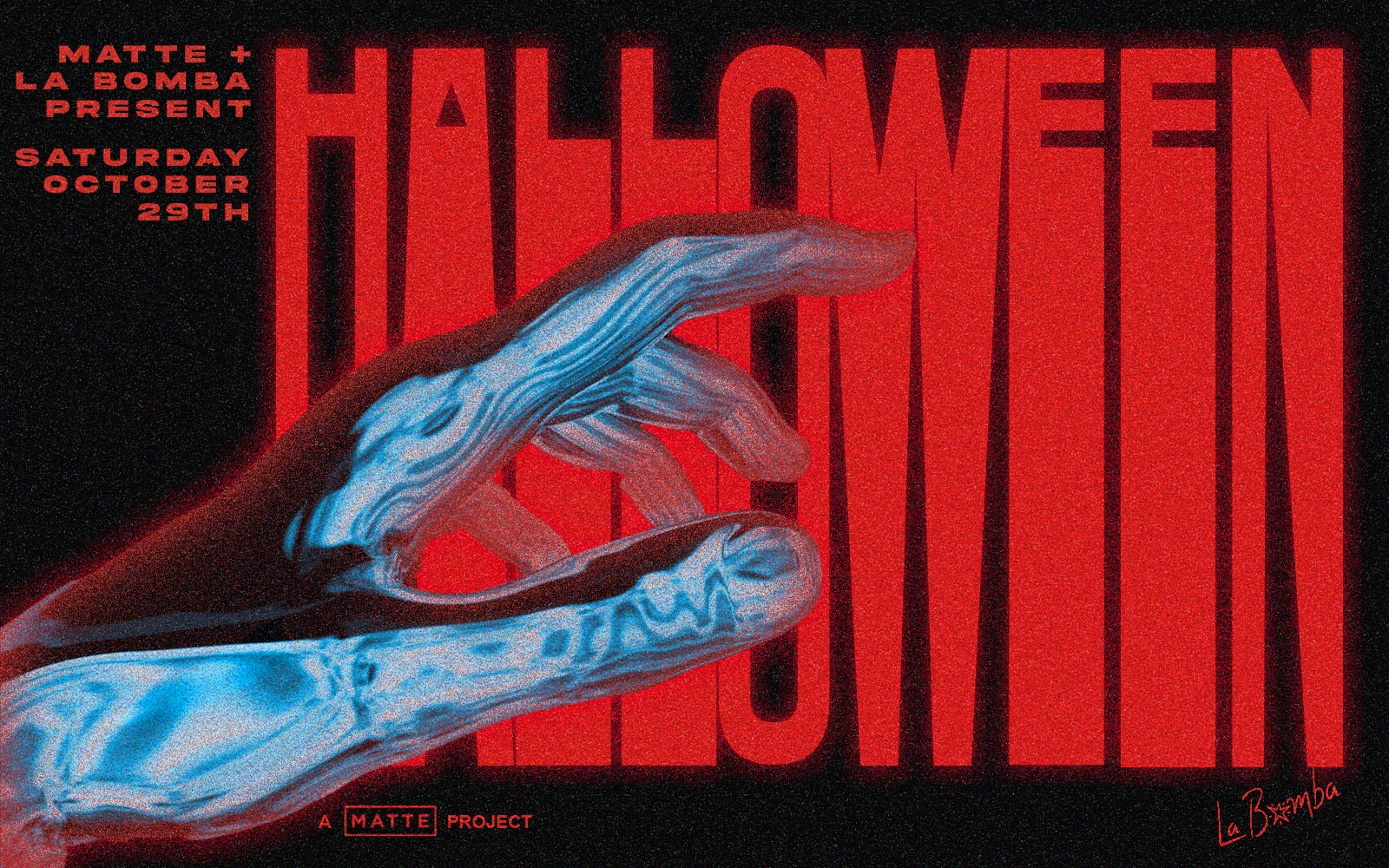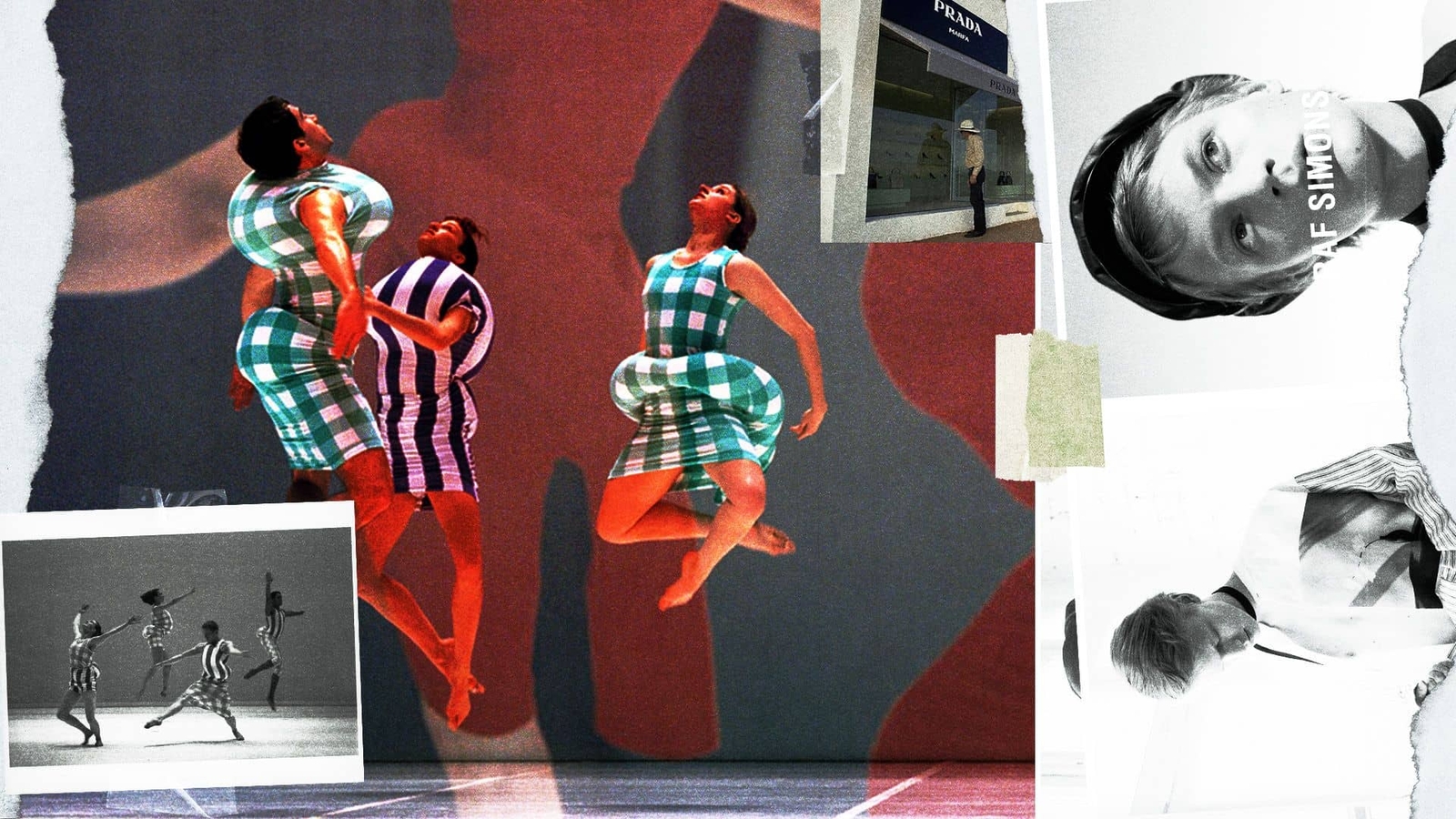
Crossover collabs between high-end fashion houses and the art community have been making headlines for some time now, and are nearing a point, if not crossed already, where some question what these partnerships bring to the creative landscape. Some feel these mergers reached the boiling point several seasons ago, while others swear the expiration happened long before that. And although many significant unions have in fact materialized over the years, we’ve seen countless more that quite frankly dilute each other’s respective catalog. You know exactly what we are talking about. Artwork xeroxed onto T-shirts that cause commotion early on, only to be completely forgotten about before the season even lets out. Rinse and repeat.
Some say artists add theoretical heft to clothing in a way designers have difficulty accomplishing on their own, while the former employs the other as a way to commodify their work in a medium outside their respective skill set. Should either side be penalized for tapping into the expertise of the other in hopes of bringing more attention to what they do? No, if the art justifies the means. Let’s take a look at some of the best from recent memory.
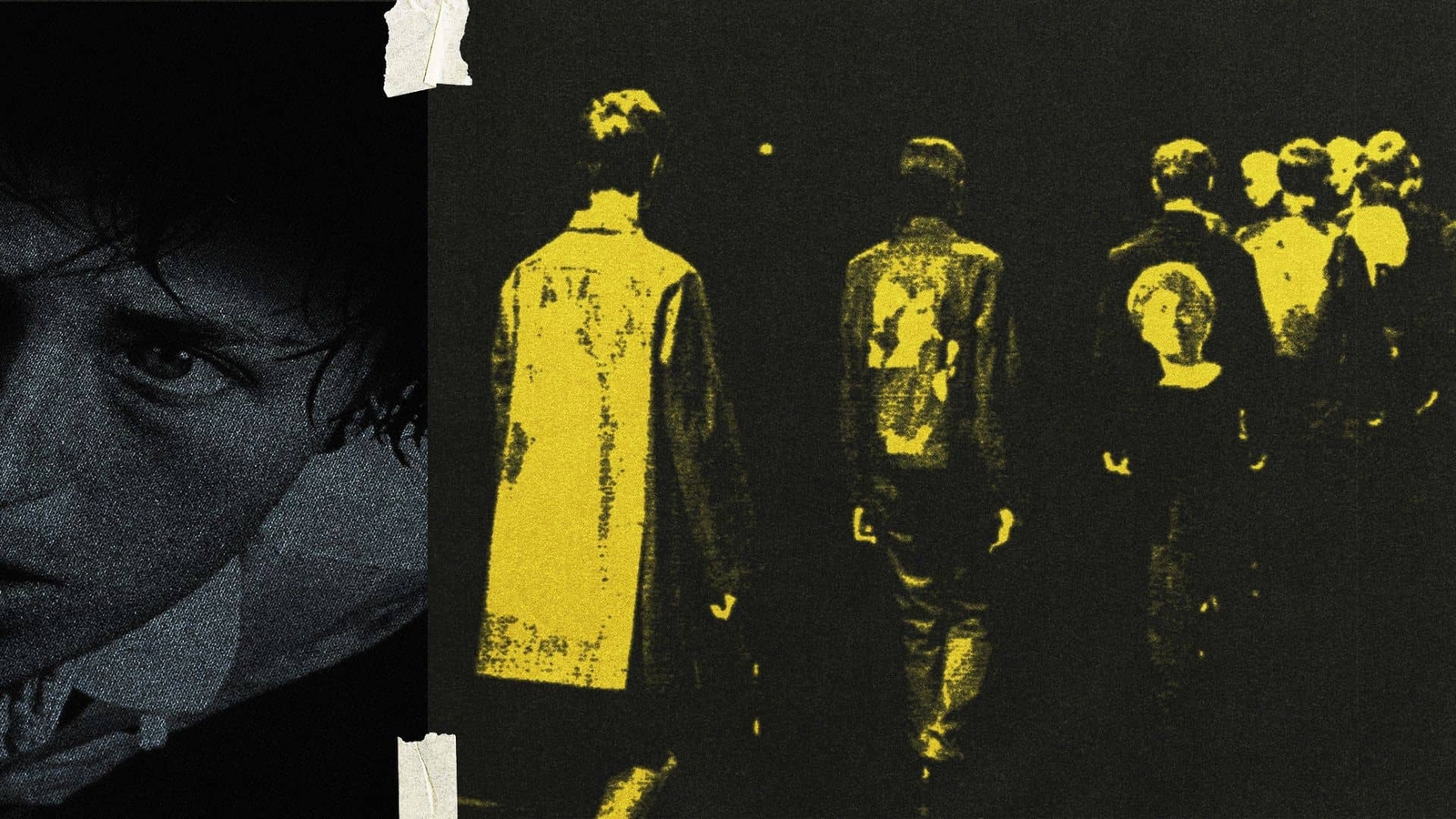
THE POWER OF DUPLICITY
Jun Takahashi, for instance, found a way to contextualize the work of Cindy Sherman outside of just highlighting her prints onto what he does with clothing. The UNDERCOVER designer underlined some of the concerns pulsing through Sherman’s work by adding visual context to themes she chooses to comment on. Sherman often echoes the power of change and how its effect can lead the viewer to question identity. Takashi used the materiality of his garments to translate this viewpoint in ways onlookers were left to decipher. Models were paired together, each donning fits in reverse of the other. Suits, for instance, were theoretically identical but turned inside out in negative hues meant to symbolize their likeness and disparity simultaneously.
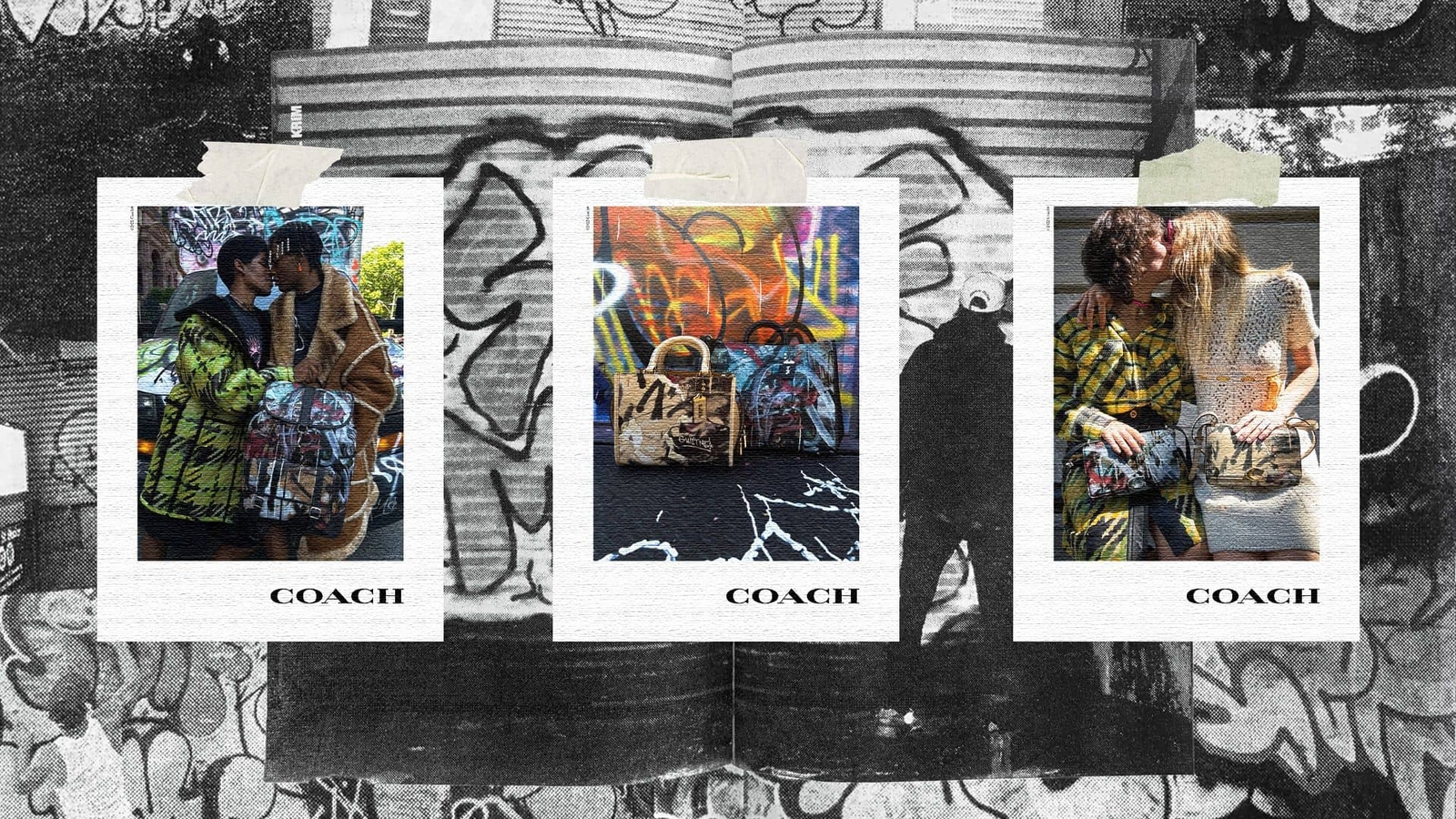
WHEN HIGH-FASHION AND GRAFFITI COLLIDE
For its Fall/Winter 2022 collection, Coach envisioned having the grit and grime of NYC emphasized onto an assortment of its most recognizable legacy items. Creative director Stuart Vevers knew just who to call to make that happen. Mint & Serf’s graffiti tags have been lining the streets of NYC for the past 20 years and were considered the perfect ambassadors to bridge the gap between both sides. Vevers' creative brief allowed the duo to revamp Coach staples with their artful lens applied to everything. Mint & Serf were able to distill what Vevers most enjoyed from their oeuvre to form a design ideology to build around. The partnership concluded with a pop-up allowing shoppers a chance to cop pieces right on the spot.
The debate around the art world’s place in fashion—and vice versa—is almost a non-starter in that these are adjacent fields of artistic expression, so naturally there’s gonna be crossover. From a fashion POV, where things become genuinely interesting is the point where Maisons credibly plug an artist’s codes into their own, and use it as an extension of their palette, a new room in their world, a signal to anyone watching that, ‘Yes, we like the same stuff’.
When Bottega did the Bottega Residency over Covid, that was cool. More recently, when Gucci does a Stanley Kubrick campaign trilogy, that’s cool too. When someone slaps a Basquiat print onto a t-shirt and calls it a day, that is not.
Beyond the clothes, I think there’s also a place in fashion where the totality of the work should be labeled ‘art’. Alexander McQueen is an obvious example. So is Rick Owens and Michèle Lamy… If what those two do doesn’t count as some kind of performance art, I don’t know what is.
- THOMAS LEE (Associate Creative Director at MATTE)

FROM MOVEMENT TO MATERIAL
Art can have a profound impact on other disciplines regardless of the medium; Anthony Vaccarello showed this poignantly during Yves Saint Laurent's SS23 runway show. The designer showcased a fondness for Martha Graham’s solo dance masterpiece Lamentation, in which dancers were engulfed in tube-like textiles that draped over their heads and around their arms. The material overlays caused tension in the movements, creating a kinetic art piece that did well to draw viewers in. YSL modernized Graham’s noteworthy stage attire with accentuating jersey dresses that cascaded around the delicate contours of each muse's body.
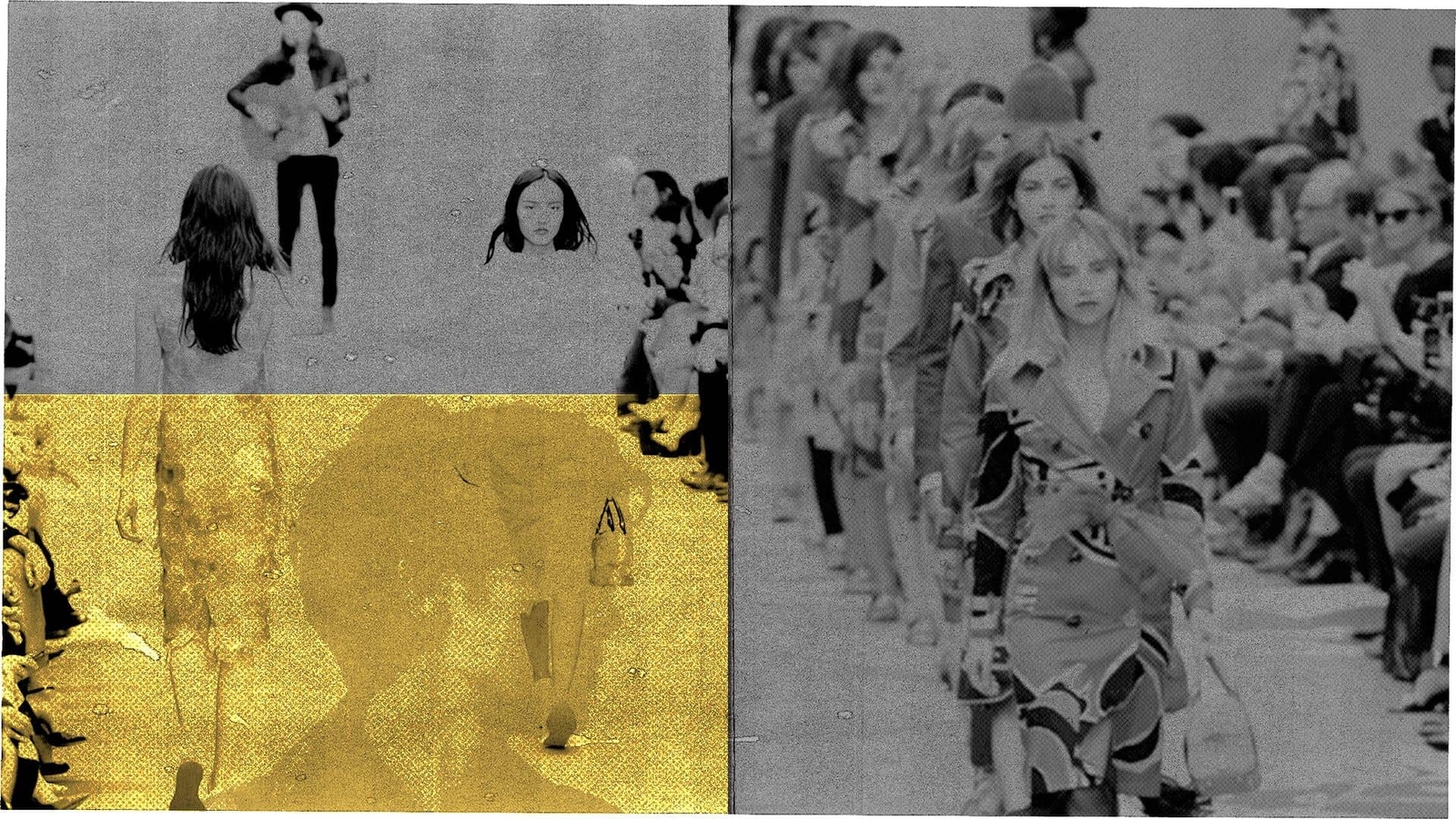
SOULFUL IMPACT
Music and movement are inherently related in that one is at its best in the company of the other. Like the latter, music has always had a place in fashion. The soundtracks designer use in their shows is often ancillary to the overarching theme of the actual collection. Burberry is the perfect example of this. In its 2015 show, the sonic styling of James Bay made its presence felt in the clothing, providing a multilayered context to the offering at hand. The singer-songwriter performed 'Clocks Go Forward', 'When We Were On Fire' and 'Scars' directly on stage while the show unraveled itself around him.

FUTURISM IS KEY
Sometimes collaborations are more about an accompanying visual component that lends itself to the presentation as opposed to the clothing itself. An assortment of Hajime Sorayama illustrations were used to accent key items in Dior’s Pre-Fall 2019 collection, although in a complimentary manner to the show’s main attraction. Smack dab in the middle of a cherry blossom-adorned stage was a gigantic robot maiden, which models strode by before meeting the bright lights of the press cameras. Kim Jones reiterated his love for Japanese artistry while simultaneously nodding at the state of futurism. Much is made of high fashion’s impact on the state of contemporary style, but the industry, more than ever before, is being democratized to where a bottom-up approach is being externalized. It would have been hard to imagine just ten years ago that those from the streetwear community could wield the type of power it currently holds over fashion. This is now where we find ourselves today.
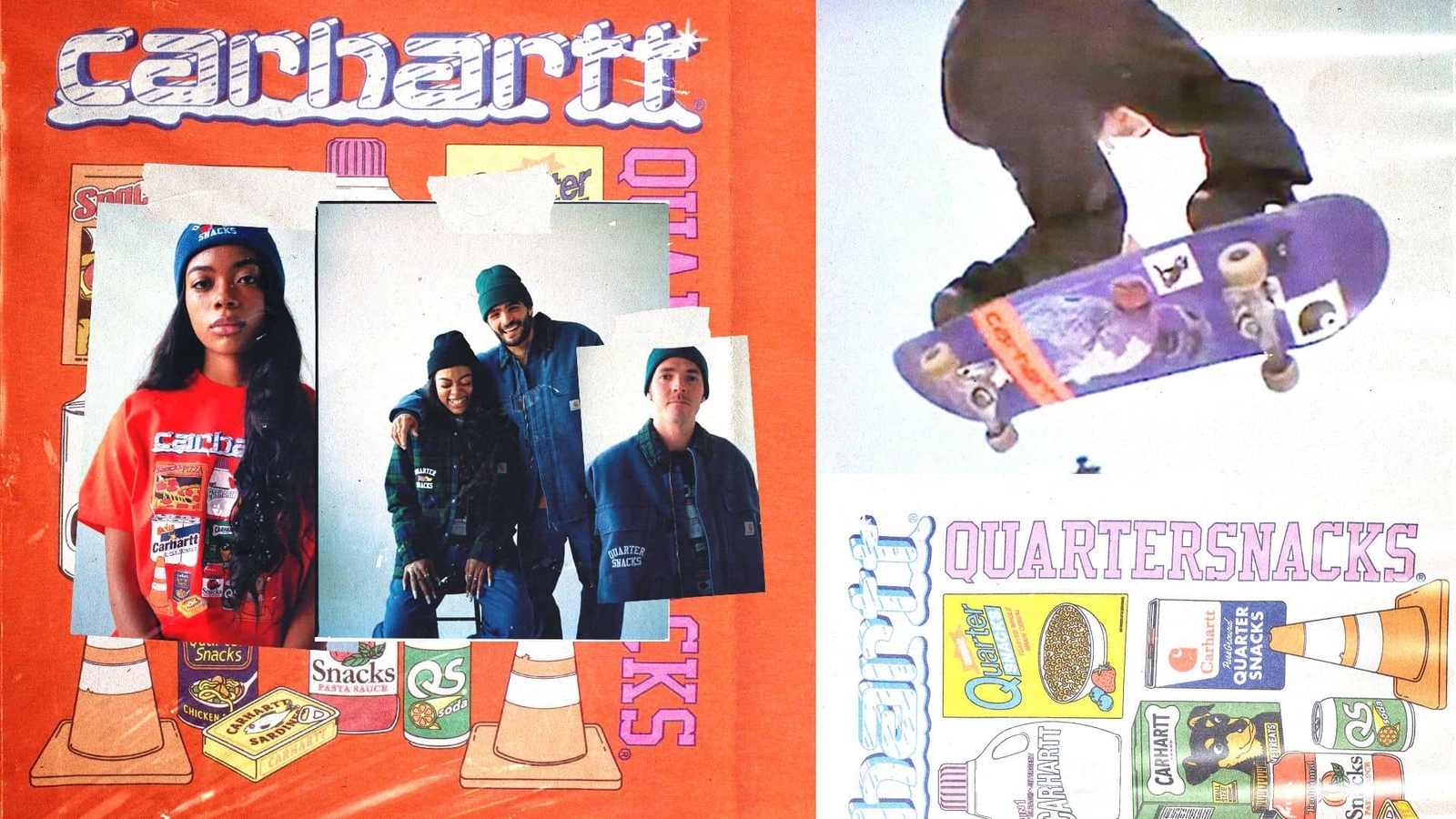
A SKATE-INSPIRED WORKWEAR
CAPSULE IN HONOR OF NYC
Skate platform Quartersnacks recently joined forces with Carhartt WIP on a collection paying homage to the bodegas, pizzerias, and mom & pop establishments that form the fabric of New York City street corners. The latter is seen as the benchmark of heritage workwear Americana serving up progressive spins on archival classics that resonate strongly with this co-branded offering. Carhartt staples like the OG Arctic Coat, Shirt Jacket, and Slub Yarn Pocket Longsleeve take on new meaning when adorned with imagery central to who the everyday New Yorker is.
Being creative has become more and more challenging, finding new ways to speak to different audiences is a necessity.
In a time where cultures are melting together and boundaries are constantly pushed, new collaborations are arising.
This is giving the possibility to different artists and communities to emerge and challenge themselves with synergies that might never be considered before, and it is giving companies new ways to reach new audiences.
Sometimes you can see that the collaboration doesn't come naturally, some others you can find beauty in it and relate. I personally like the fact that old schemes have been deconstructed and certain markets are now more accessible leaving less and less space for elitist manners. It has been a bit harder to find quality content, I believe that whoever will be able to keep it high and consistent, might see it reflected in long lasting traffic or sales rate. ROI with meaning sometimes is the hardest to measure in a short period of time.
- FRANCESCA VALENTE (Head of Talent at MATTE)
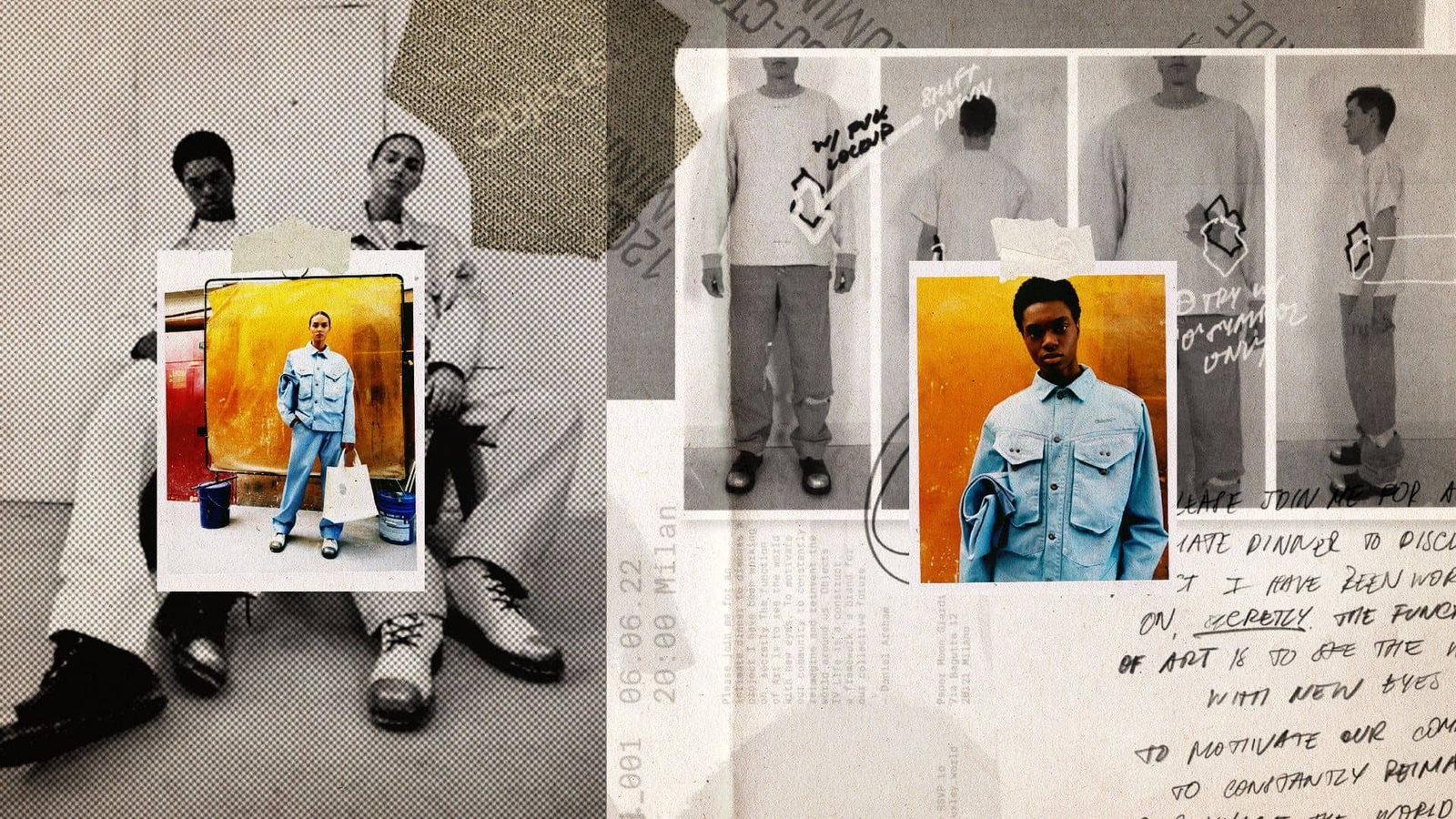
THE ARSHAM AFFECT
What happens, though, when a prominent member of the artist community takes it upon himself to start his own fashion imprint? Daniel Arsham has received co-signs from the most pivotal players in fashion and was likely the catalyst in his decision to form his brand Objects IV Life. His mission was to create something of substance outside of using the name recognition he carries himself in art and that of his friends in fashion; think Samuel Ross, Heron Preston, and others. The artist's fashion brand comments on his commitment to sustainability. Using familiar workwear staples as the foundational cornerstone from which to build, deadstock materials form the basis of what Objects IV Life stands on. Designs are consistent with Arsham’s signature corrosion and “thought bubble” motifs, and are seen as the focal point of several designs.
The cultural exchange taking place between art and fashion is something that should likely be left to those who do its bidding. Is it a coincidence to hear fashion designers heralded as artists? Are we surprised to see more artists deep diving into garment construction? The line separating the two is blurring at a rate meant for the Information Age we live in. It's not just about admiration for the other side anymore, it's a full-on exploration into something new.
